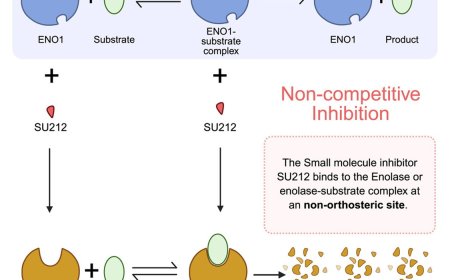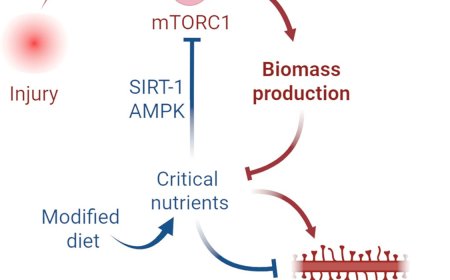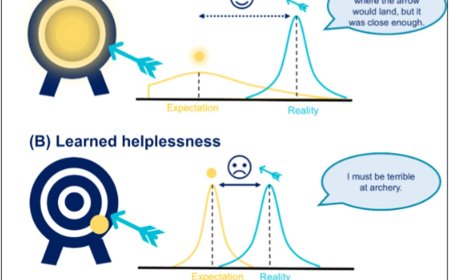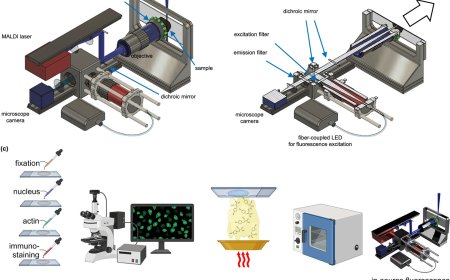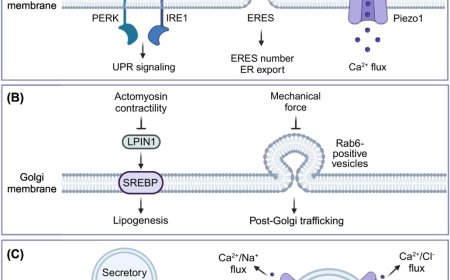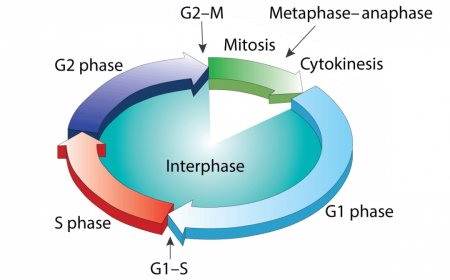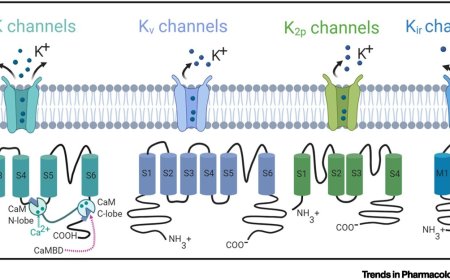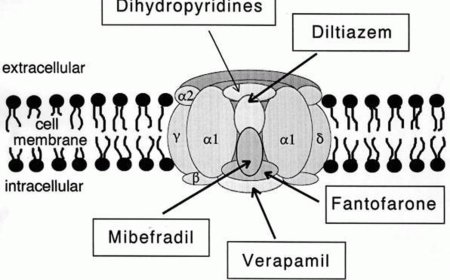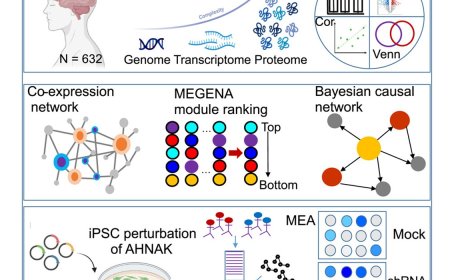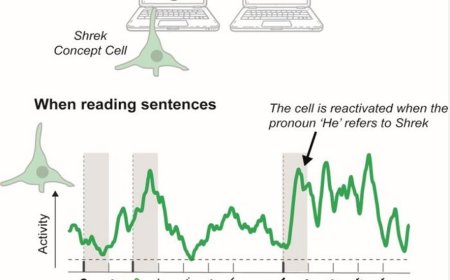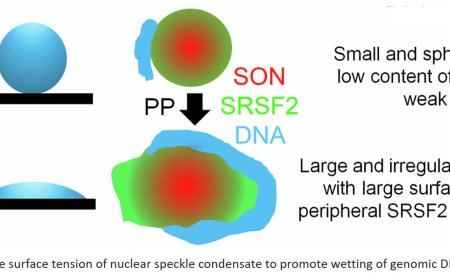Shared cellular mechanisms across three major dementias
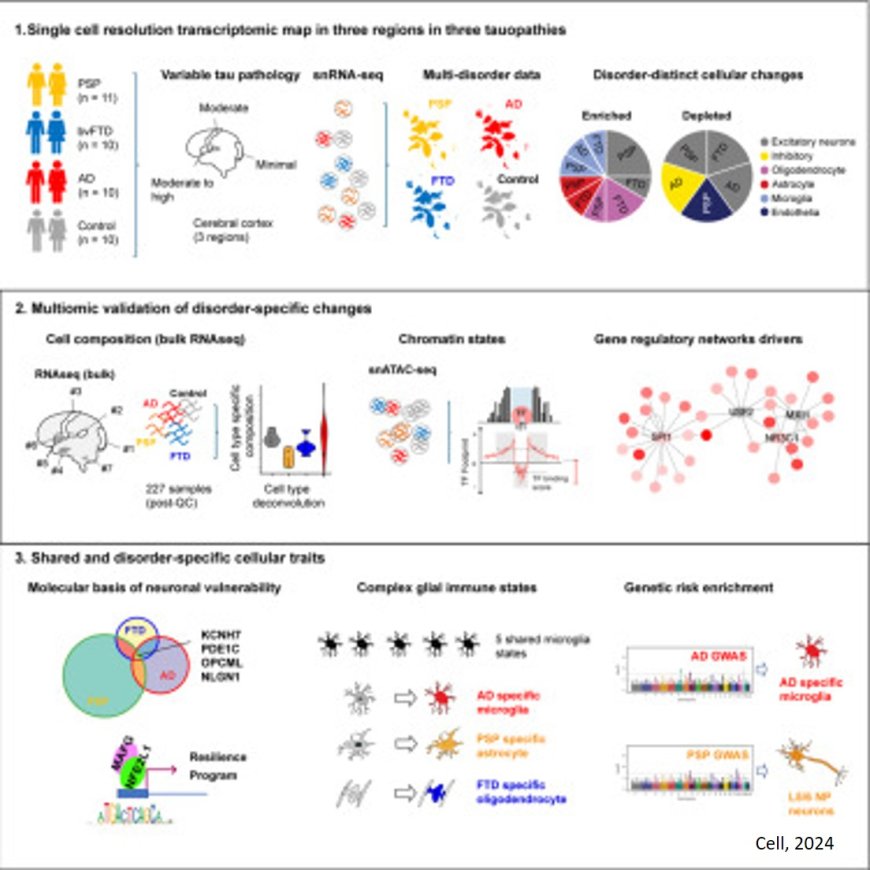
Researchers have for the first time identified degeneration-associated “molecular markers” – observable changes in cells and their gene-regulating networks – that are shared by several forms of dementia that affect different regions of the brain. Critically, the research published in the journal Cell, also identified markers specific to different forms of dementia, and the combined findings represent a potential paradigm shift in the search for causes, treatments and cures.
“This work provides new insight into the mechanisms of neurodegeneration and identifies new candidate pathways for development of therapeutics,” said senior and corresponding author.
Previous studies have focused on a single disorder at a time. Called case-control studies, they compared “diseased” cells with normal ones and often just focused on one brain region. But in this research, the scientists also looked at molecular changes across three different forms of dementia that can involve “tau pathology,” the accumulation of abnormal tau protein in vulnerable regions that differ across disorders.
They performed single-cell genomic analysis on more than 1 million cells to identify distinct and shared molecular markers in three related conditions: Alzheimer’s disease, frontotemporal dementia (FTD) and progressive supranuclear palsy (PSP). In addition to validating changes previously observed in AD, they identify dozens of cell types whose changes are shared across multiple dementias and several cell types whose changes in disease were specific to a single disorder, many of which had not been previously identified.
“Different conditions have different patterns of degeneration. We reasoned that comparison across cases from different disorders, in addition to the typical case-control comparison, would be useful to identify shared components of neurodegeneration and to understand cell type-specific changes that underlie all these conditions,” the author said, adding that most studies profile only one brain region – typically the frontal lobe.
“In dementia and neurodegenerative disease more generally, specific brain regions and cells are most vulnerable in each disease. This is what leads to the different symptoms and signs across disorders,” the senior author said. “Since regional vulnerability is a core feature of the disorders, we reasoned that studying more than one region would give new insights, and that was the case. In addition to identifying shared and distinct molecular markers, we showed how genetic risk relates to these disease-specific pathways that are altered in the brain.” Using this study design, the investigators found four genes that marked vulnerable neurons across all three disorders, highlighting pathways that could be used to develop new therapeutic approaches.
First author said this work “profoundly shifted” her perspective on the mechanisms underlying disease susceptibility.
“It is remarkable and humbling to have identified several distinct molecular differences that set apart cells from individuals with one form of dementia from those with closely related diseases. Although these disease-specific differences were among the minority of the changes observed in diseased brains, they were strongly linked to heritability. This surprising finding opens new avenues for understanding why and how certain genes influence the risk of developing one brain disease over another closely related condition.”
Combined, Alzheimer’s, FTD and PSP affect more than 28 million people worldwide. Although Alzheimer’s has been studied extensively, there is no cure, and existing, approved medications only slow disease progression. There are few clinical trials available for FTD and PSP.
“We have created an extensive data resource that paves the way for identifying and exploring new therapeutic candidates for neurodegenerative dementias,” the author said. “We have pinpointed specific molecules that can now be advanced as potential novel regulators of disease in experimental systems – importantly, grounded in primary human disease data. Additionally, we’ve uncovered unexpected conceptual phenomena that may explain why certain cells exhibit more resilience or vulnerability to disease, and we’re eager to investigate these findings further.”
The researchers:
· Identified unique changes specific to Alzheimer’s disease and demonstrated that several findings in Alzheimer’s were also observed across the other disorders, identifying targets for therapeutic development.
· Found that “cellular resilience programs” – molecular mechanisms that support cells in response to injury – activated or failed differently, when comparing the same cell types across disorders.
· Were surprised to discover that each of the three disorders had changes in cells of the primary visual cortex – the area of the brain that processes visual information and which was thought to be unaffected by dementia. In PSP, this discovery revealed previously unknown changes in brain cells called astrocytes.
· Identified specific changes in the expression of certain tau-related genes and others in PSP. These appear to correlate with the unique pattern of brain cell degeneration that is observed in PSP.
The authors, who will next begin experiments to validate the causal nature of their findings, anticipate the study will inspire similar cross-disorder research.
“These data show that known risk genes act in specific neuronal and glial states or cell types that differ across related disorders. Moreover, causally associated disease states may be limited to specific cell types and regions,” the Cell article concludes. “This underscores the importance of examining multiple brain regions to understand causal disease pathways at the cellular level, which we show provides a clearer picture of shared and disease-specific aspects of resilience and vulnerability to inform the therapeutic roadmap.”


